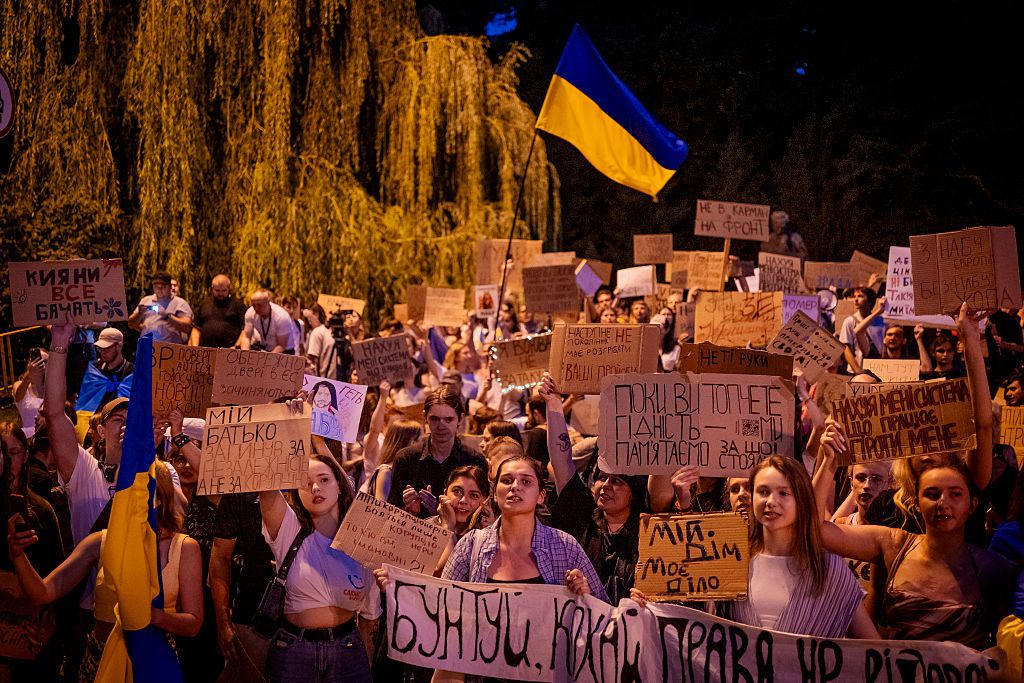Kyiv has a new air raid alert system, Ukraine-wide rollout expected by end of year

Kyiv and the surrounding oblast has introduced a new, localized air raid alert system designed to significantly reduce disruption to civilians and business amid Russia's escalating aerial attacks on Ukraine.
Previously, the threat of a Russian attack sparked an alarm either across the entire oblast, the entire capital, or both, meaning it often sounded when threats such as drones were relatively distant.
Many public institutions such as schools, and businesses such as restaurants have a policy of closing or suspending operations during air raid raid alerts.
According to the European Business Association (EBA), 41% of companies report operational limitations due to frequent, region-wide air alerts, with some losing up to 50% of their working hours.
"Under the current system, businesses are forced to stop operations across entire regions, even if the threat is far away," Svitlana Mykhailovska, deputy director for advocacy at the EBA, told the Kyiv Independent.
"This affects manufacturing, retail, logistics — any sector that depends on timing."
To address this, Ukraine has been testing a more localized alert model. The new system was first trialed in Kherson Oblast on Jan. 10, 2025, with positive results.
Since then, it has gradually expanded to Cherkasy, Kharkiv, Dnipropetrovsk, and most recently, Kyiv Oblast, where regional governor Mykola Kalashnyk confirmed its launch on July 24.
"Since Jan. 1, the air raid siren in our region has sounded over 405 times, with a total duration of 1,018 hours — more than 40 full days of life under threat," Kalashnyk wrote.

"We’re implementing new tools to manage this better."
The system remains in testing mode, with a nationwide rollout expected by the end of 2025, according to Oleksandr Sheptun, a representative of the Department for Civil Protection Measures at Ukraine's State Emergency Service (SES).
"There is no unified standard," Sheptun told the Kyiv Independent. "Each region manages implementation independently, and responsibility lies with the regional military administrations."
Discussions around a localized alert system began in 2023. At the time, Kyiv considered testing an Israeli-style model based on neighborhood-level warnings via radar and mobile networks.
However, in July 2025, city officials announced that the approach was not suitable for Ukraine’s urban landscape or the nature of drone threats, and the plan was dropped.
While the rollout of Ukraine’s own system has been slower than hoped, due to technical complexity and the need for close coordination between military, emergency services, and local authorities, its expansion is seen as a crucial step in helping people stay safe without unnecessarily disrupting their lives.












